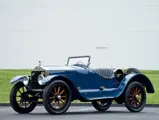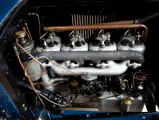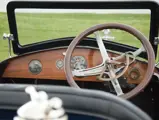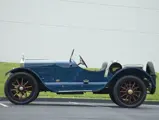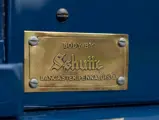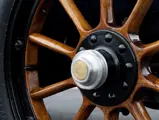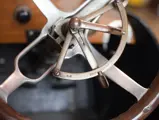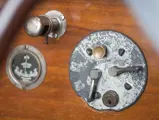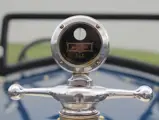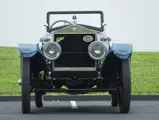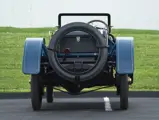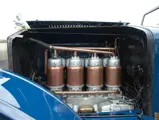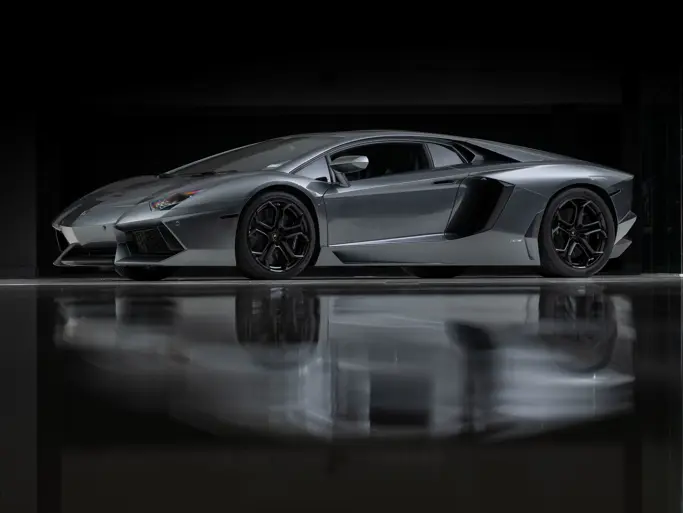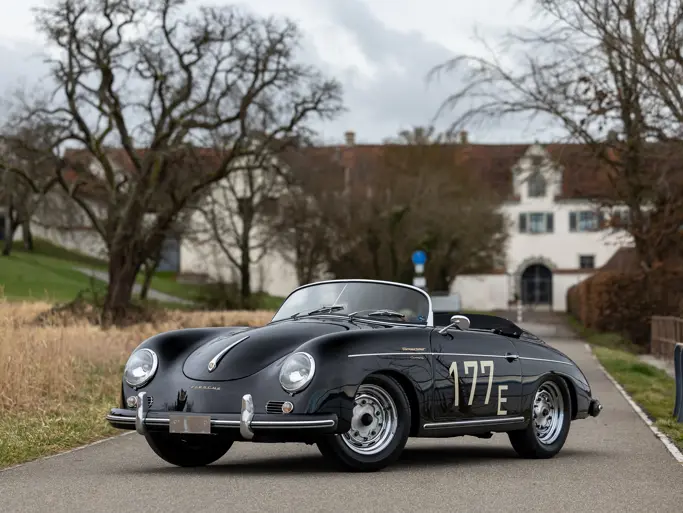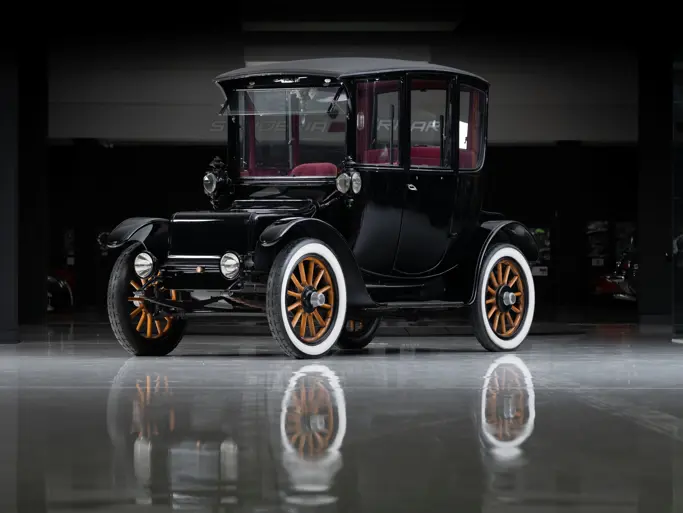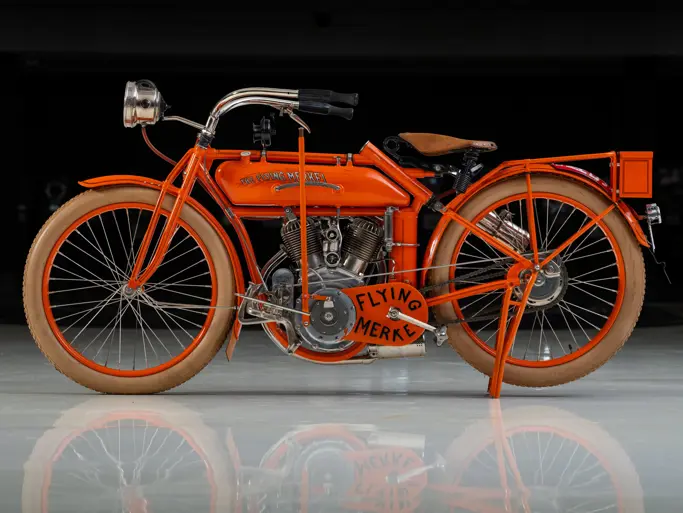St. John's 2013
1914 Cadillac Military Sport Roadster by Schutte
{{lr.item.text}}
$110,000 USD | Sold
 | Plymouth, Michigan
| Plymouth, Michigan
{{internetCurrentBid}}
{{internetTimeLeft}}

- Believed single family ownership for 98 years
- Only known Schutte Military Sport
- Freshly recomissioned for Brass Era touring
40–50 bhp, 365.8 cu. in. inline four-cylinder engine, three-speed manual transmission with two-speed rear end, solid front axle with semi-elliptic leaf springs, full-floating two-speed rear axle, and two-wheel mechanical expanding brakes. Wheelbase: 120 in.
When an owner’s Brass Era Cadillac Model 30 Roadster became a used car after a few years, there were a few choices: drive it and be unfashionable, sell it for pennies on the dollar, or, if one really loved it, order a new body and make it look like an all new car. Charles Schutte’s Lancaster, Pennsylvania, body company was well-known then for their bodies of this type, and while not widely remembered today, perhaps it should be.
When Schutte Body Company displayed bodies at the 1920 New York show, Motor Age found them among the best they’d seen: “While it is true that these bodies are handmade, the excellent workmanship and originality of design certainly offer suggestions to the trade what is possible in body work.” Schutte’s quality was equal to the highest-priced custom coachbuilders, and they offered new bodies for a variety of cars, including Locomobile, Peerless, and Marmon.
Chassis number E4347 was originally a roadster, and the new Schutte Military Sport was installed between 1917 and 1919. Schutte advertised the Military Sport Model as “popular among officers,” presumably because an officer needed a small car that offered the capacity to move themselves to a new posting. They enjoyed a brief vogue after World War I, as smaller bodies that “patriotically” used less materials, but they were still highly finished and offered some conveniences of a larger car, such as a trunk and large cabin, which would be absent in a true speedster or roadster.
Thus, the Schutte Military Sport offers an exceptionally roomy two-passenger cabin that comfortably holds a full-size adult, as well as an integral trunk bracketed with irons to attach additional luggage. Original Schutte body plates are affixed to both the exterior and interior, as is what appears to be the delicate, original Cadillac radiator badge.
This one was in the same family from at least as early as 1927, which is the date on an original West Virginia title received with the car. It is thought that the same owners purchased it new, making it a one-family car for 98 years, before the present owner acquired it. No other Cadillacs with a Schutte Military Sport body are known.
Engine, chassis, and body panels all appear to be original to the car, which was in long-term barn storage until last year. Fully recomissioned, it was stripped of brushed-on orange paint and refinished in a period Cadillac medium blue with black fenders. It also received new nickel plating of the distinctive radiator surround, new leather-grain vinyl upholstery, and five new tires. A complete, unfinished top assembly is included. If a complete restoration is ever desired, an outstanding article in the February 1919 issue of MoToR illustrates a nearly identical model’s construction at Schutte.
It is reported to be in excellent running and driving condition, and with this unique, sporty body and the last of the famed Cadillac four-cylinder engines, it would be one of the most distinctive cars on any Brass Era tour.

